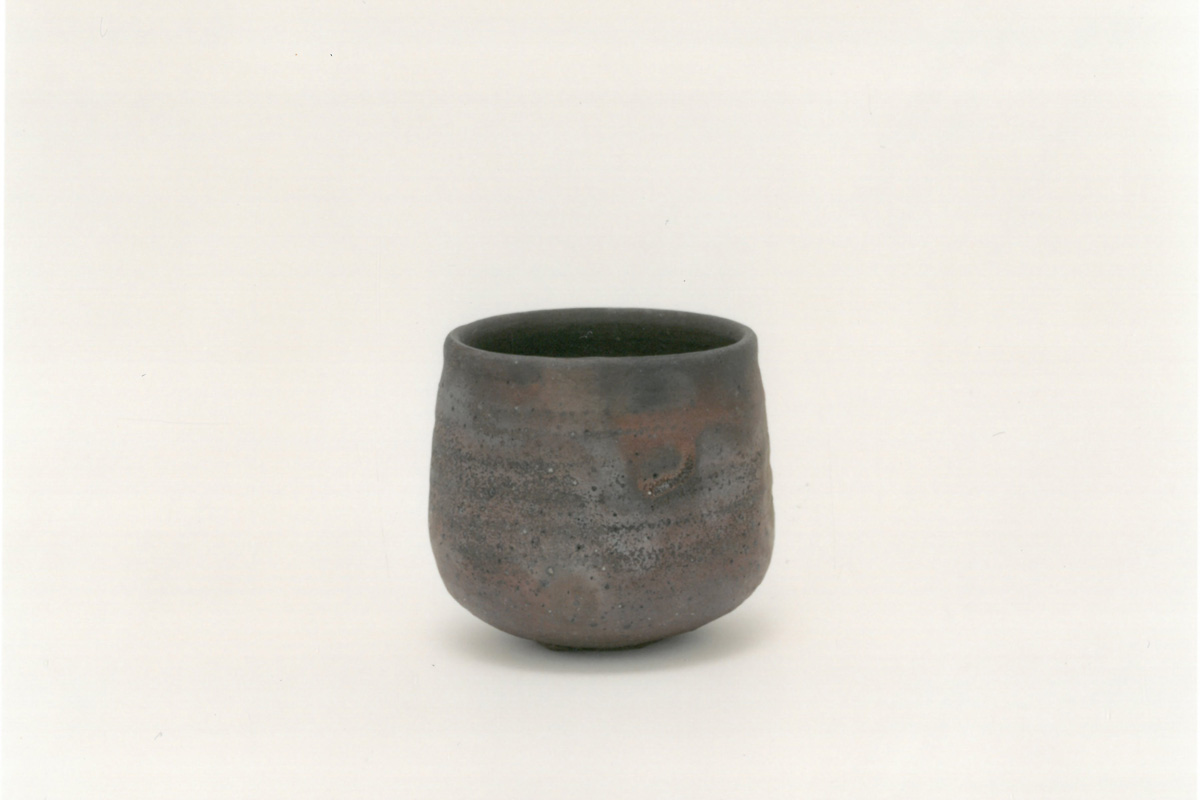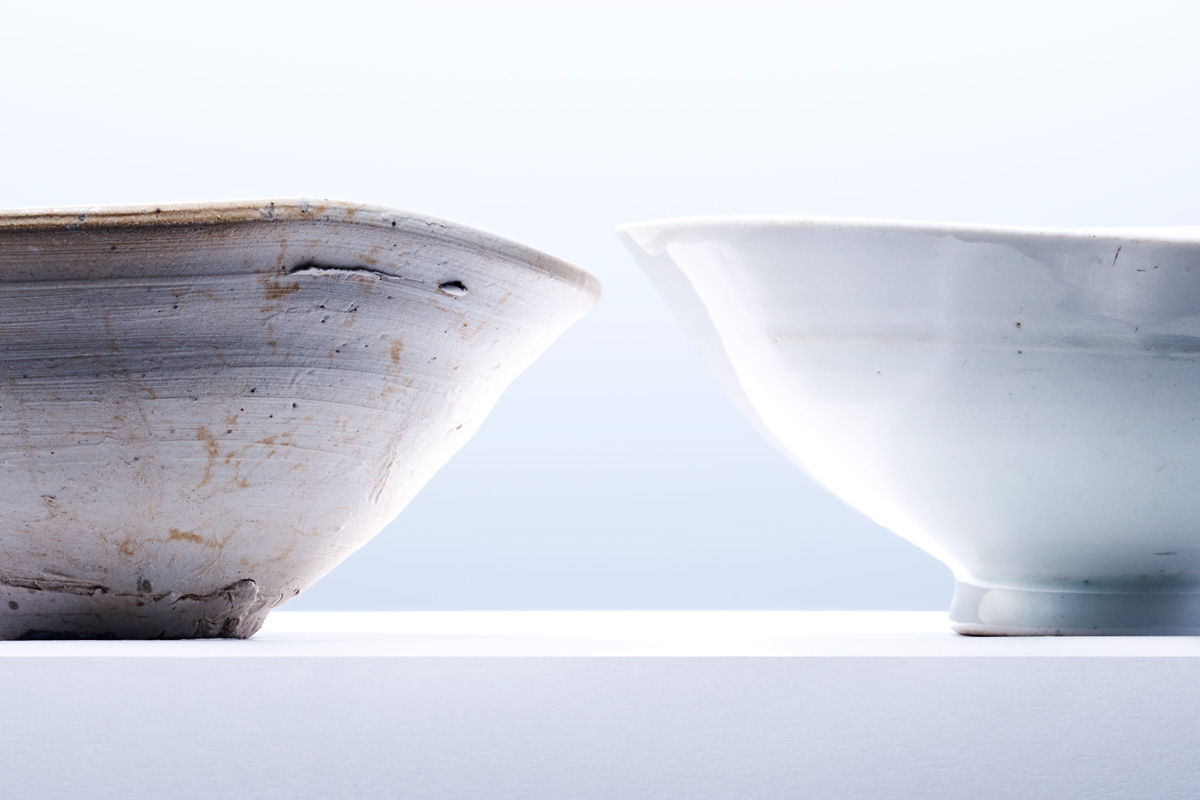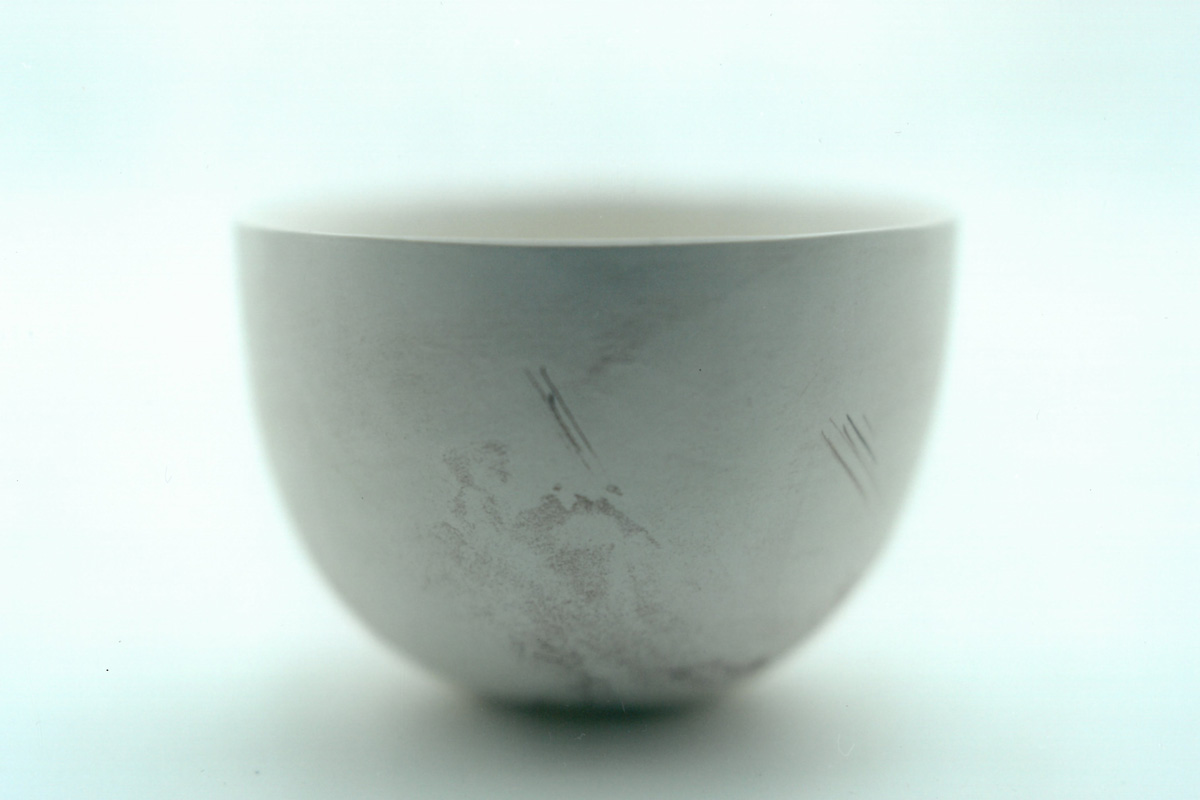
Third article - Light and Shadow in Pottery
“Light” and “shadow,” which breathe life into Grand Seiko, are the founding stones of the Japanese sense of aesthetics. Opposite yet reliant on each other to exist, how do Japanese people look upon them, and how have they elevated them to the status of beauty? This column will try to elucidate this sense of aesthetics toward “light” and “shadow,” which have taken root in Japan, through the words of experts in various fields.
According to my impression, Japanese pottery produced since the Heian period has gradations of “light” and “shadow,” depending on the climate and environment, the cultural background, the application, and the spirituality in which the wares were produced.

Good examples of “light” are Seto ware and Atsumi ware, which have been manufactured in Aichi Prefecture since several hundred years ago. Their appearance, which turns white when fired as a result of being made from white clay, seems to display the potters’ leaning toward light. Most of them have a well-proportioned shape with a bright and healthy feel. These ceramics were often used as offerings to the gods or as ritual implements. On the other hand, Suzu ware, a type of pre-modern pottery from the tip of the Noto Peninsula on the coast of Ishikawa Prefecture, and a black pottery bowl known as “Goryowan,” whose details still remain unknown, represent the “shadow” of Japanese pottery. Their color is solid black, and most of these wares were originally used for hidden-away, underground applications, such as cesspool vessels, clay pipes, and jars for the burials of human remains. Therefore, they often have distorted, chipped, or incomplete shapes. When I saw Suzu ware for the first time as a teenager, I was shocked not only by its bold design but also by its mysterious and powerful presence.
Since the Muromachi period (1336-1573) when sado, or the Way of Tea, became popular, tea ceremony masters started to focus on pottery used in people’s daily lives, or the “shadow” aspect of Japanese pottery. They began appreciating beauty and taste in such wares by respecting them as tea bowls. Today, some of these bowls have been designated as national treasures, after being passed down through many generations of powerful figures over several hundred years. The aesthetics of Japanese people highly appreciates and finds value not only in the completeness (“light”) but also in the incompleteness (“shadow”) of their works of art.
Light and shadow in pottery also play important roles in terms of its artistic expression. White and black are not simple equivalents to light and shadow. There are white vessels that absorb light to create different gradations of shadow, while there are black vessels that emit light from within. These impressions originate from innumerable combinations of different techniques, such as how to choose, knead, and fire the clay, whether to use a glaze and, if so, how to apply it, and finishing. All of these factors produce different variations of light and shadow.

For example, a glaze is a glass solution, so glazed areas of pottery shed light in general; however, you may achieve a shadowy matte, murky texture by mixing bubbles and/or clay in with the glaze to block out light. Taking another example, ceramics manufactured using the yakishime technique, which fires unglazed wares at high temperatures, often naturally absorb light to create shadow, but polishing their surface will enable them to emit light. Polishing was originally a technique that was used with the aim of making the texture of the surface finer and smoother to decrease water leakage. Techniques like polishing, which were invented out of necessity and had a specific application, have been adopted as a means of artistic expression within the context of Japanese aesthetics and values.

The photograph above compares two white bowls that have different light and shadow effects due to the choice of clay and glaze. The white porcelain on the right is a ware made from toseki stone, which produces an elegant gloss and soft light. On the other hand, the Yama-chawan bowl on the left is a ware made from kaolin clay, and an unglazed firing technique is used to emphasize shadow with the bowl’s matte texture.
Even the simple color of white lets viewers see different gradations of light and shadow. This is probably because tea ceremony masters have long enjoyed the light and shadow that exude from the wares themselves, used depending on the purpose and the members of the ceremony, held in a dark tearoom. The aesthetics of these masters have been passed down to modern daily life in Japan, being developed by the creators and users of wares over many years.

This white bowl, which is one of my works, has a white color but with a hint of shadow. I personally believe that these types of ceramics with a placid taste are optimum for slowly enjoying a cup of tea in a modern space, which is much brighter than a traditional tearoom.

